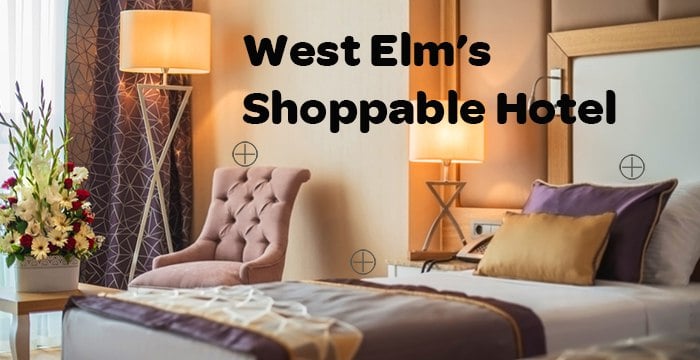Ecommerce Best Practices|Online Shopping Trends
West Elm Shoppable Hotels: Bringing Ecommerce to You


Sharing perspectives on the latest trends and tips to help eCommerce brands stay ahead to engage and drive revenue.
To stand out in an industry that revolves around change, retailers must explore new ways to extend their brands and break down the walls of typical ecommerce channels. Furniture and home décor retailer West Elm takes this concept further – in 2018, they will be launching five boutique hotels in cities across the United States. And every item in their room is shoppable. It is redefining where ecommerce exists by seamlessly integrating into where a customer already is, rather than making the customer find it themselves. When guests check in, they are equipped with an app that allows them to make purchases as they explore their rooms. Love that armchair you’re curled up on? With a few swipes on your mobile device, you can own it.